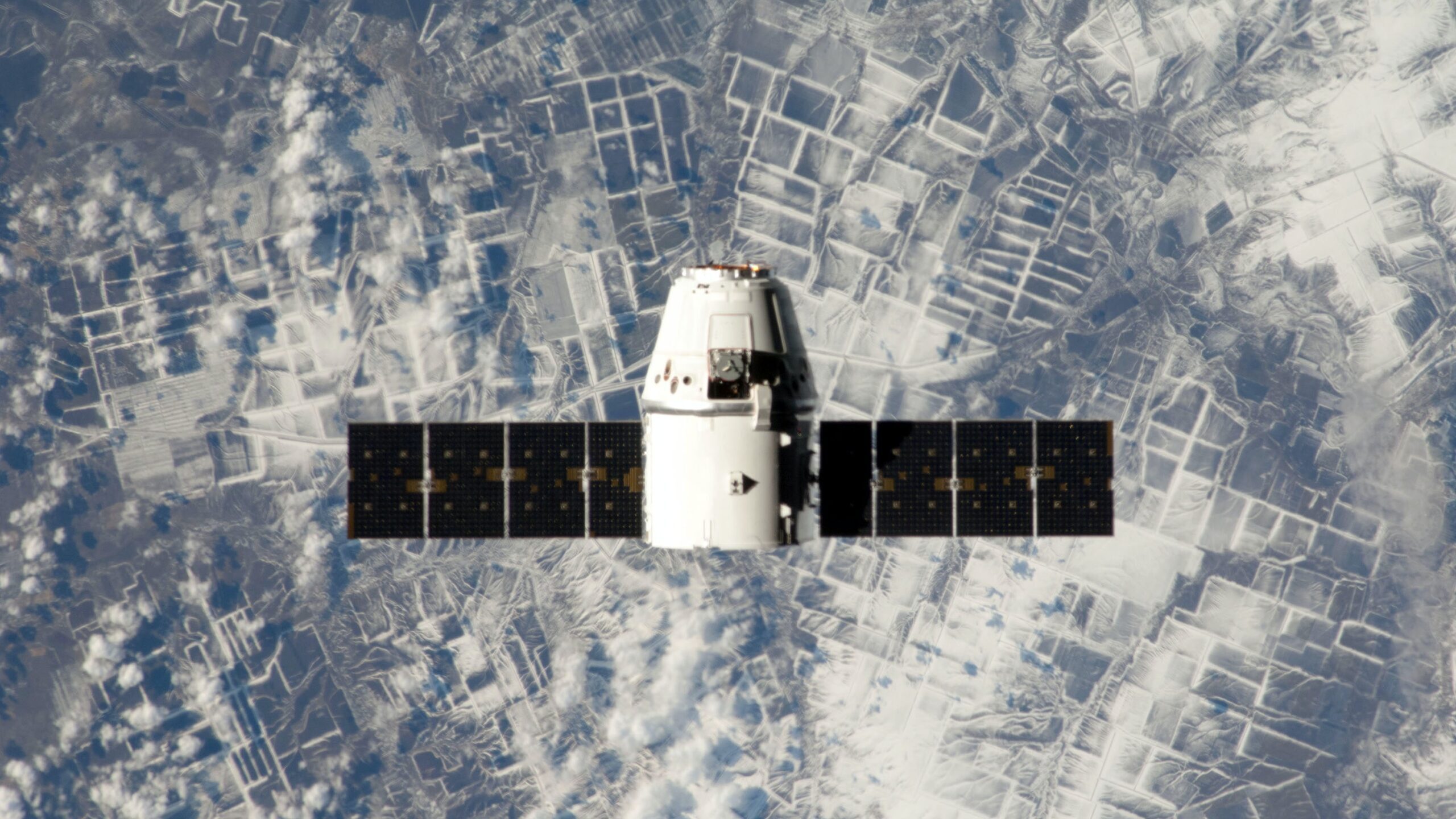THERESA HITCHENS

GEOINT 2021: The explosion of available observational data about the Earth and human activity around the world is challenging the ability of the National Geospatial-Intelligence Agency (NGA) to be able to make sense of it all — especially on the shortened timelines desired by warfighters, said the agency’s director, Vice Adm. Robert Sharp.
“The growth in GEOINT data from government and commercial sources here and around the world is staggering. This exponential growth in data leads us to one of our biggest challenges: managing all of the data,” Sharp said in his keynote Wednesday at the GEOINT 2021 conference in St. Louis, Mo., sponsored by the United States Geospatial Intelligence Foundation.
“Kind of like the mountains Lewis and Clark had to scale, data is a mountain we have to climb,” he said. “So, as I see it, it’s critical that we team up with others who are experts in data integration.”
Sharp pointed industry to the new “NGA Data Strategy,” released Wednesday, as a tool to understand the agency’s needs. The strategy’s goals are “to make data easily accessible, improve its reusability and improve cross-domain efficiencies,” he stressed.
NGA must move to “treat data as a strategic asset,” Sharp said. “So, our objective is to create, manage and securely share trusted data with the speed, accuracy and precision that our customers missions demand.”
The Data Strategy has four focus areas to guide “investments in people and technology,” he explained: “First we have to have data that can be intuitively discovered, easily accessed and responsibly shared with those who need it. Second, we have to improve data assets so that they can be easily reused for both anticipated and unanticipated purposes. Third, our customers and workforce have to be able to efficiently find data across different security domains. And lastly, we need artificial intelligence and machine learning, to enhance our production capacity, as well as the mission impact of our GEOINT products.”
“Leveraging automation, artificial intelligence, machine learning is a huge focus for us right now,” Sharp noted. “We want to be able to produce automated observations that both our analysts and customers can easily use.”
The agency’s first Technology Strategy, released last May, “talks about building AI enabled solutions, alongside our users — so we have our tech experts sitting side by side with our mission experts,” Sharp said. The agency also has just updated the strategy’s accompanying “Tech Focus Areas” document, and while it doesn’t differ greatly from the first version released along with last year’s overarching strategy, Sharp said it goes into more details about NGA’s needs.
Sharp noted that the military services and “joint warfighters” in the Combatant Commands “are already experimenting with automated decision support in support of future joint warfighting concepts.” Military customers of NGA-provided GEOINT information — products like maps and precise targeting coordinates — are “challenging us to get machines to understand where that data needs to go, how fast it needs to go, what format it needs to be in, and driving it across the infrastructure like a Smart Content Delivery Network.”
No comments:
Post a Comment